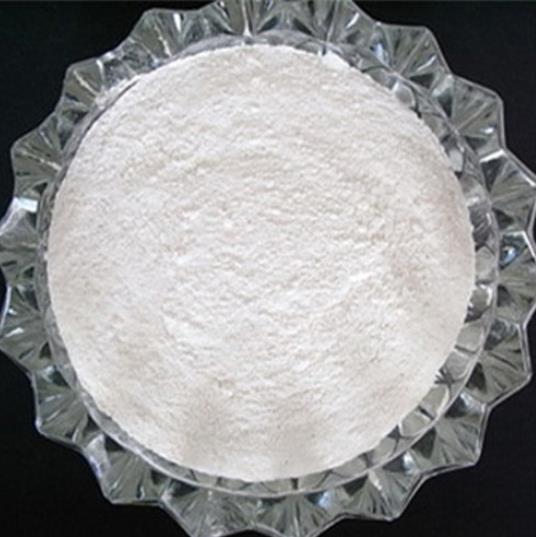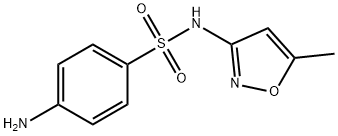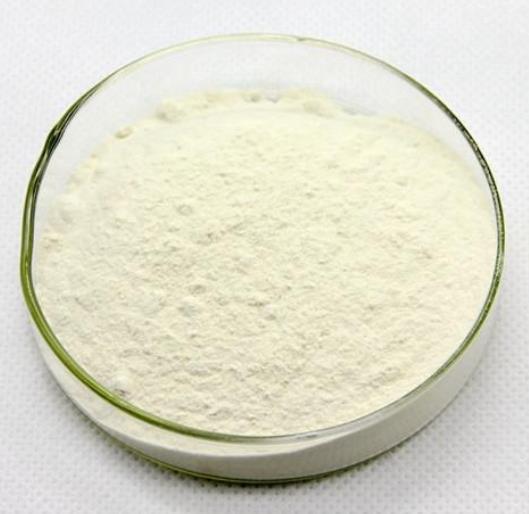Sulfamethoxazole: A Comprehensive Overview for Chemistry Professionals
Introduction
Sulfamethoxazole is a synthetic antibiotic belonging to the sulfonamide class, commonly used in combination with trimethoprim to treat a variety of bacterial infections. Known for its broad-spectrum antimicrobial activity, Sulfamethoxazole has become a crucial component in the fight against bacterial diseases. This article provides an in-depth analysis of Sulfamethoxazole, discussing its properties, primary components, applications, and storage methods.

Figure 1 Characteristics of Sulfamethoxazole
Properties of Sulfamethoxazole
Sulfamethoxazole (C10H11N3O3S) is a white to off-white crystalline powder that is practically odorless. It is poorly soluble in water but readily soluble in alkaline solutions. Its chemical structure consists of a sulfonamide group attached to an aniline ring, with an isoxazole group contributing to its broad-spectrum antibacterial activity. The compound has a molecular weight of 253.28 g/mol and a melting point of approximately 166-168°C.
Sulfamethoxazole exhibits a high degree of stability under normal conditions but can degrade upon prolonged exposure to light and moisture. The compound’s solubility and stability characteristics make it suitable for various pharmaceutical formulations, including tablets, suspensions, and injectable solutions.
Primary Components and Mechanism of Action
The primary active component of Sulfamethoxazole is its sulfonamide group, which is crucial for its antibacterial activity. Sulfonamides are structurally similar to para-aminobenzoic acid (PABA), an essential substrate in the bacterial synthesis of folic acid. Sulfamethoxazole inhibits the enzyme dihydropteroate synthase, which is involved in the conversion of PABA to dihydro folic acid, a precursor of folic acid. This inhibition results in the depletion of folic acid, which is necessary for bacterial DNA synthesis and cell division.
When combined with trimethoprim, a dihydrofolate reductase inhibitor, the two drugs exhibit a synergistic effect. Trimethoprim inhibits the subsequent step in folic acid synthesis, leading to a potent bacteriostatic effect. This combination is particularly effective against a wide range of Gram-positive and Gram-negative bacteria, including Escherichia coli, Klebsiella species, and Staphylococcus aureus.
Applications of Sulfamethoxazole
Sulfamethoxazole, particularly in combination with trimethoprim (co-trimoxazole), is utilized in the treatment of various bacterial infections. Some of the most common applications include:
Urinary Tract Infections (UTIs): Sulfamethoxazole-trimethoprim is one of the first-line treatments for uncomplicated UTIs due to its efficacy against common uropathogens.
Respiratory Tract Infections: It is used to treat bronchitis, sinusitis, and pneumonia, particularly in cases caused by susceptible strains of bacteria.
Gastrointestinal Infections: The combination is effective against certain types of bacterial gastroenteritis, including infections caused by Shigella and Salmonella species.
Prophylaxis and Treatment of Pneumocystis jirovecii Pneumonia (PCP): It is the drug of choice for both the prevention and treatment of PCP in immunocompromised patients, such as those with HIV/AIDS.
Skin and Soft Tissue Infections: Sulfamethoxazole-trimethoprim is often used to treat skin infections, including those caused by methicillin-resistant Staphylococcus aureus (MRSA).
Storage Methods for Sulfamethoxazole
Proper storage of Sulfamethoxazole is critical to maintain its stability and efficacy. The following guidelines are recommended:
Temperature: Sulfamethoxazole should be stored at room temperature, between 20-25°C (68-77°F). Avoid exposing the drug to extreme temperatures, both hot and cold, as this can degrade the active compound.
Light Exposure: Protect Sulfamethoxazole from direct light. Prolonged exposure to light can lead to photodegradation, reducing its potency.
Moisture: Keep the drug in a dry environment. Exposure to moisture can cause hydrolysis of the sulfonamide group, rendering the drug ineffective.
Container: Store Sulfamethoxazole in its original container, tightly closed to prevent contamination and moisture ingress. If repackaging is necessary, ensure that the new container provides an equivalent level of protection.
Expiration Date: Always adhere to the expiration date provided by the manufacturer. Using the drug beyond its expiration date can lead to reduced efficacy and increased risk of adverse effects.
Conclusion
Sulfamethoxazole remains a vital tool in the arsenal against bacterial infections, thanks to its broad-spectrum activity and synergistic efficacy when used with trimethoprim. Understanding its properties, mechanism of action, and appropriate storage methods is essential for professionals in the chemical and pharmaceutical fields. By adhering to proper handling and storage guidelines, the therapeutic potential of Sulfamethoxazole can be maximized, ensuring its continued effectiveness in clinical practice.
![Article illustration]() References
References
[1]Masters, Philip A., et al. "Trimethoprim-sulfamethoxazole revisited."Archives of internal medicine163.4 (2003): 402-410.
[2]Rudy, Bruce C., and Bernard Z. Senkowski. "Sulfamethoxazole."Analytical profiles of drug substances. Vol. 2. Academic Press, 1973. 467-486.
You may like
Lastest Price from Sulfamethoxazole manufacturers

US $0.00/kg2025-09-19
- CAS:
- 723-46-6
- Min. Order:
- 1kg
- Purity:
- 98%
- Supply Ability:
- 1000kgs

US $2.00-5.00/kg2025-07-24
- CAS:
- 723-46-6
- Min. Order:
- 1kg
- Purity:
- 99%
- Supply Ability:
- 100kg


